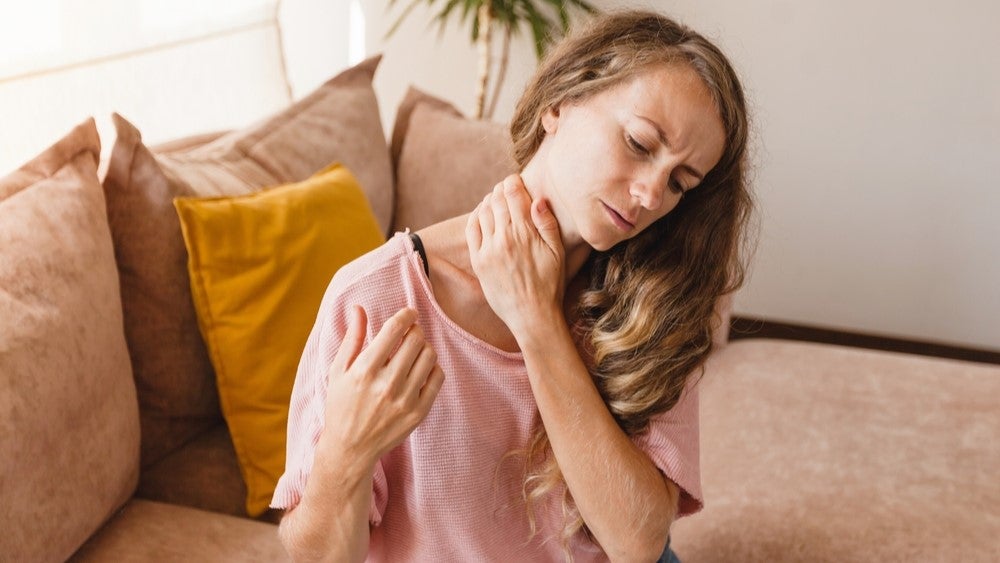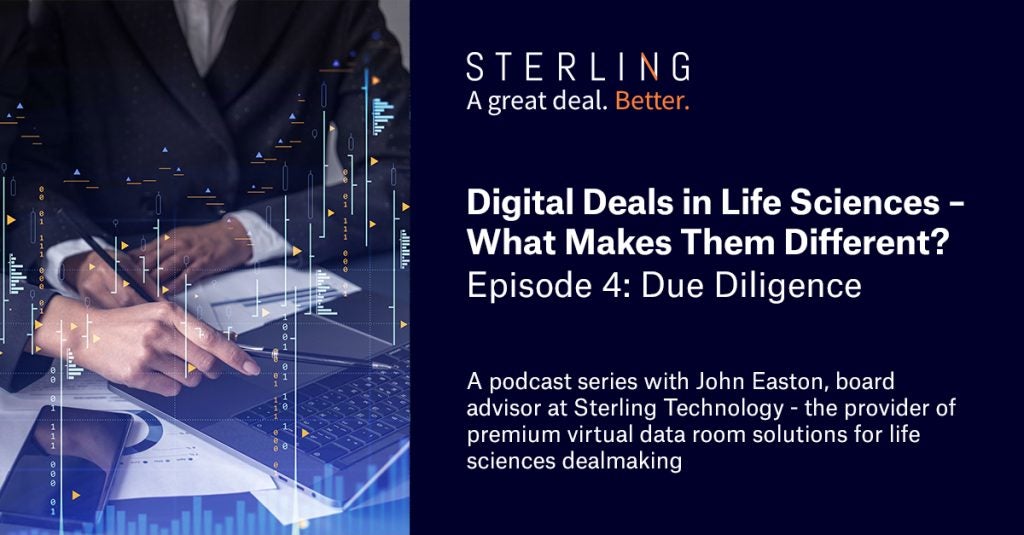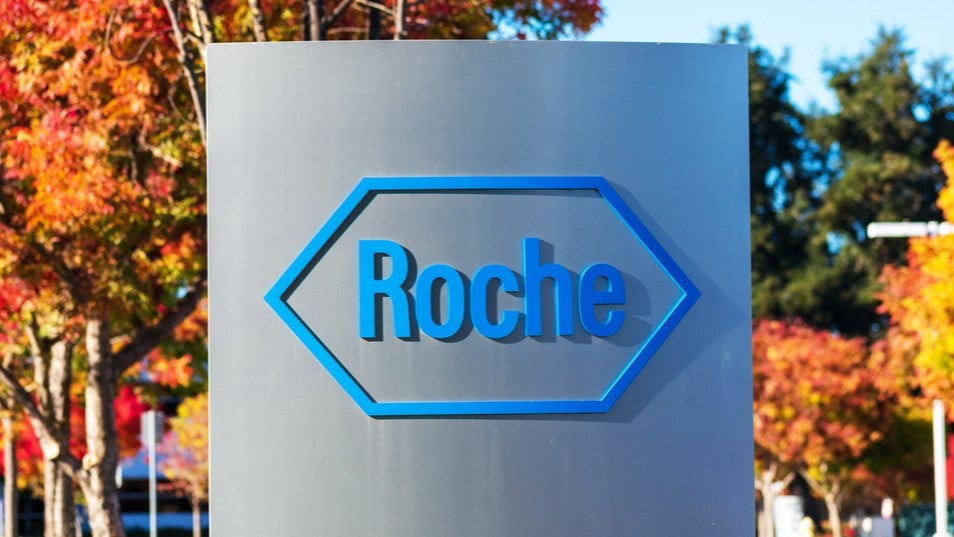Amoy Diagnostics has filed a patent for a method of constructing a genomic scar model. The method involves collecting samples, analyzing copy number variation, determining positive and negative events, training weights using machine learning, and calculating a genomic scar score. The patent also includes a step for verifying the model using a test set. GlobalData’s report on Amoy Diagnostics gives a 360-degree view of the company including its patenting strategy. Buy the report here.
According to GlobalData’s company profile on Amoy Diagnostics, predictive cancer diagnosis models was a key innovation area identified from patents. Amoy Diagnostics's grant share as of June 2023 was 1%. Grant share is based on the ratio of number of grants to total number of patents.
Constructing method of a genomic scar model using cnv
A recently filed patent (Publication Number: US20230146580A1) describes a method for constructing a genomic scar model. The model is designed to calculate a genomic scar score (GSS) by analyzing copy number variation (CNV) in samples. The method involves collecting known BRCAness positive and negative samples to form a training set. The CNV in the training set is analyzed to determine the types and quantities of CNV. BRCAness positive and negative events are identified, and a machine learning method is used to train the model by assigning weights to different types of CNV based on these events. The weights are then totaled to obtain the genomic scar model.
To verify the model, additional known BRCAness positive and negative samples are collected to form a test set. The CNV in the test set is determined, and the results are substituted into the genomic scar model to calculate the GSS. The model is then verified based on the GSS score.
The patent also describes the specific criteria for BRCAness positive events, which include variations and loss of heterozygosity in BRCA1/2 genes, as well as methylation in the promoter region of BRCA1. Additionally, other homologous recombination repair related genes with corresponding gene variations, homozygous deletions, and expression silencing can also be considered as BRCAness positive events.
The method further defines BRCAness negative events as cases where homologous recombination repair-related genes are wild-type and no loss of heterozygosity or methylation occurs in the corresponding alleles.
The types of CNV are determined based on the lengths of CNV segments, types of CNV segments, and genomic location. The lengths of CNV segments are divided into short, medium, and long segments. The types of CNV segments include loss of heterozygosity, allele-specific CNV, and balance CNV. The location of CNV segments on the genome can be on the side of the telomere, the inner side of the centromeric region, or other positions.
The patent also describes methods for applying the genomic scar model to accumulate populations with homologous recombination repair-related variations, as well as populations sensitive to platinum drugs and PARPi drugs.
Overall, this patent presents a method for constructing a genomic scar model that can be used to calculate a genomic scar score based on CNV analysis. The model can be applied to identify BRCAness positive and negative samples, as well as populations with specific genetic variations and drug sensitivities.
To know more about GlobalData’s detailed insights on Amoy Diagnostics, buy the report here.
Data Insights
From

The gold standard of business intelligence.
Blending expert knowledge with cutting-edge technology, GlobalData’s unrivalled proprietary data will enable you to decode what’s happening in your market. You can make better informed decisions and gain a future-proof advantage over your competitors.







